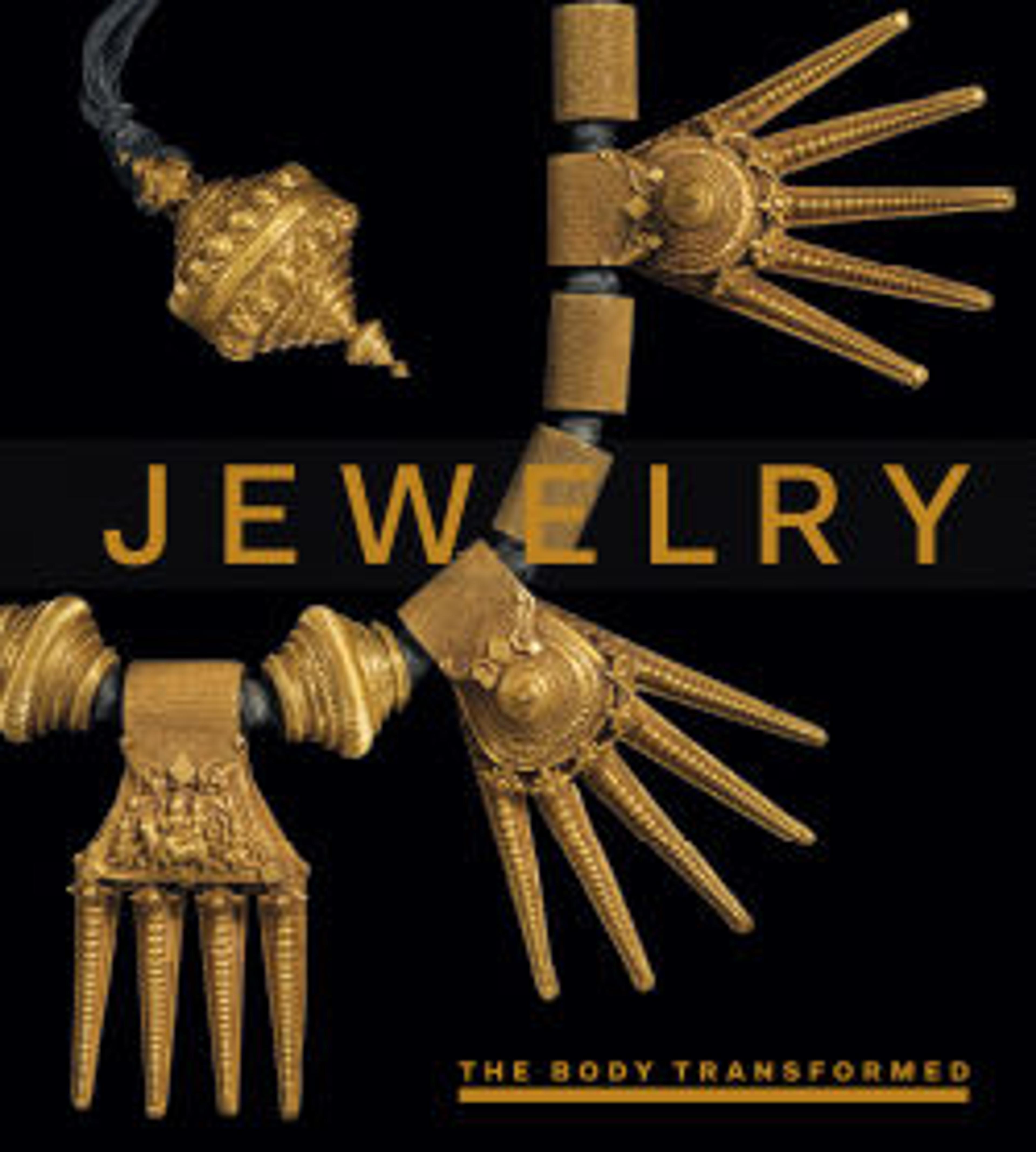Standing Vishnu as Keshava
A Hindu text favored by the Hoysalas cites twenty-four names for Vishnu, beginning with Keshava. Each name is associated with a form, and all of the forms have four arms and hold the same attributes: a shankha (conch battle trumpet), a gada (mace), a chakra (war discus), and a padma (lotus). It is the order in which the attributes are held in the god's four hands that varies and that signifies the various names of the god. Here, Keshava is flanked by two of his consorts, Shridevi and Bhudevi. Surrounding his head are Vishnu's ten avatars (earthly appearances), five in the form of animals (seen at the left) and five of humans (right).
Hoysala sculptures are unusual in that many are signed by the carvers who created them. The inscription on the base of this image records it as the work of Dasoja of Balligrama, an artist known to us from inscribed images at Belur, where he and his son Chavana worked.
Hoysala sculptures are unusual in that many are signed by the carvers who created them. The inscription on the base of this image records it as the work of Dasoja of Balligrama, an artist known to us from inscribed images at Belur, where he and his son Chavana worked.
Artwork Details
- Title: Standing Vishnu as Keshava
- Artist: Dasoja of Balligrama
- Period: Hoysala period
- Date: first quarter of the 12th century
- Culture: India (Karnataka, probably Belur)
- Medium: Stone
- Dimensions: H. 56 1/2 in. (143.5 cm); W. 28 in. (71.1 cm); D. 9 1/4 in. (23.5 cm)
- Classification: Sculpture
- Credit Line: Rogers Fund, 1918
- Object Number: 18.41
- Curatorial Department: Asian Art
More Artwork
Research Resources
The Met provides unparalleled resources for research and welcomes an international community of students and scholars. The Met's Open Access API is where creators and researchers can connect to the The Met collection. Open Access data and public domain images are available for unrestricted commercial and noncommercial use without permission or fee.
To request images under copyright and other restrictions, please use this Image Request form.
Feedback
We continue to research and examine historical and cultural context for objects in The Met collection. If you have comments or questions about this object record, please contact us using the form below. The Museum looks forward to receiving your comments.
